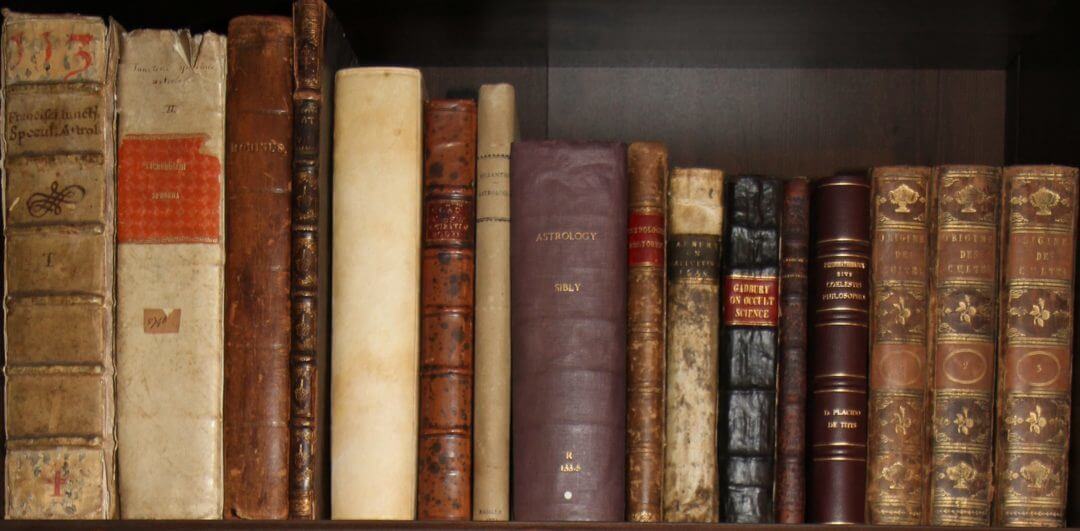Introduction to Planetary Influence 5:
The Sun in Astrology
– written by Philip Graves – 9 Jan 2004
reformatted for WordPress, June 8th, 2016
The Sun in Astrology
The glyph for the Sun is composed of the circle of Spirit with a central dot indicating the manifestation of Spirit in the microcosm as individual autonomously creative beings. The Sun is constant, evokes a reserve of power, radiated outwards in all directions, and stands for the principle of individualisation, which when positively expressed brings magnanimity; when negatively, egotism. It describes the conscious, the ego and core identity of any person, and his or her function as a centre of creative self-expression, and awareness of a destiny to attain or purpose to fulfil. It shows personal direction into the future, and what the individual endeavours to become. Yet it reminds of the connection of every individual to the macrocosm of Spirit, and of the unity and common goals of all beings.
By analogy, the Sun represents the life-source at the heart of any system. This includes the sense of personal identity, the innermost will and how it is best channeled (shown by the placement of the Sun in the figure), and also any male authority figures such as fathers and leaders.
The Sun’s influence is ambitious and executive, and desirous of acquiring power. It is authoritative, creative, dignified, forceful, generous, grand, honest, masterful, organised, strongly individual, truthful, vital, wilful, wise-seeming, and worldly; but if ill-placed, potentially ceremonious, despotic, ostentatious, pomp-loving and ritualistic. It brings fame, honour, influence, power and pride in the areas of life shown by its position.
The Sun governs advancement, the constitution of the body, fame, the father, honour, monarchs, nobles, occupation, and rulers. It also signifies celebrity, elevation, glory, health, high patronage, power, and public offices. It confers an artistic, free, generous, glory-desirous, honest, judicious, noble, wise nature.
People signified by the Sun include courtiers; crafters and sellers of ornaments, pottery and metals; directors of public utilities; governers in high office; gentlemen; great huntsmen; male royals; money-lenders; nobles; physicians; senior judiciary and police; tyrants; usurpers; writers; and anyone desirous of preferment or honour.
Places described include all magnificent buildings; princes’ courts; dining rooms; halls; houses; and theatres. Minerals include adamant, chrysolite, diamonds, etites, fire, garnets, gold, hyacinths, rubies, and topaz. Colours are yellow; gold; scarlet or clear red; purple. Flavours are aromatic; and a blend of sweetness with some sharpness, bitterness or sourness.
Herbs under its dominion are those of pleasant smell, good flavour, a love of open, sunny places, majestic form, and yellow or reddish flowers, with uses connected with the heart, the eyes, resistance of poison and evils, and comforting of the vital organs. They include amber, angelica, balm, barley, burnet, burning bush, butterbur, celandine (greater), centaury, chamomile, chick pea, cinnamon, cinquefoil, cumin, daffodil, elecampane, fenugreek, feverfew, frankincense, galangal, garlic, ginger, eyebright, hellebore, lavender, leek, lovage, maize, marigold, marjoram, onion, paeony, pepper, pimpernel, radish, rice, rosemary, rue, saffron, spikenard, St. John’s wort, storax tree, sugar cane, sundew, tormentil, vervain, viper’s bugloss, and water-lily. Trees include ash, bay, cedar, citrus (lemon, orange), heliotrope, ivy, juniper, laurel, mistletoe, mulberry, myrrh, palm, vines, and grape vines.
Animals include baboons, boars, bulls, buzzards, deer, donkeys, gazelles, glow-worms, goats, hawks, horses, larks, leeches, lions, peacocks, phoenixes, rams, ring-doves, sheep, shellfish, starfish, and swans.
Physically, the Sun governs the arteries; blood in organs ruled by its sign; back; brain (in male); brain structure; cellular excitation; cell nuclei; circulation; dorsal spine; etheric fluid; eye (right in male; left in female); heart (in male); memory; oxygen in blood; right-side reproductive organs.
When prominent in the nativity, it describes a healthy consitution; strong, thick, fleshy, well-proportioned body; large, round forehead; ruddy or saffron complexion; yellowish hair, but fast-balding; flourishing beard; large, sharp, piercing eyes.
Illnesses are brain diseases; catarrhs; cramps; eye troubles; fainting; fevers; halitosis; heart disease, palpitations; mouth diseases; pimples; organic ailments; spleen ailments; tissue generation, and upper spine ailments.
Unto character, the Sun confers honesty, high-mindedness, good-heartedness, humanity, and a spirited nature. When well placed, it favours affability; confidence; emotional self-control; faithfulness and deserving of trust; industrious ambition for honour and wealth; good judgement; graceful acceptance of losses; grave, concise, deliberate manner of speech; keeping of promises and secrets; majestic or stately bearing; prudence; punctuality; reflective nature; distaste for the sordid; love of luxury and splendour; and easy tractability.
When poorly placed, it produces arrogance or pride; financial dependency; disdain; domineering or troublesome temperament; extravagance, overexpenditure and wastefulness; foolishness; a lack of gravity or sobriety; poor insight and judgement; and restlessness.
In ancient astrology, the Sun signifies the father; the light of the mind; our intelligent consciousness; the perceptual faculties of our souls; friendship; leadership; rank; and public authority. Well-placed, it confers honour and glory; poorly placed, dishonour and unknown. In horary astrology, the Sun is regarded as the administrator of the figure. The Sun and Moon as horary significators show a lost object as being close by the querent or in a bright place.
